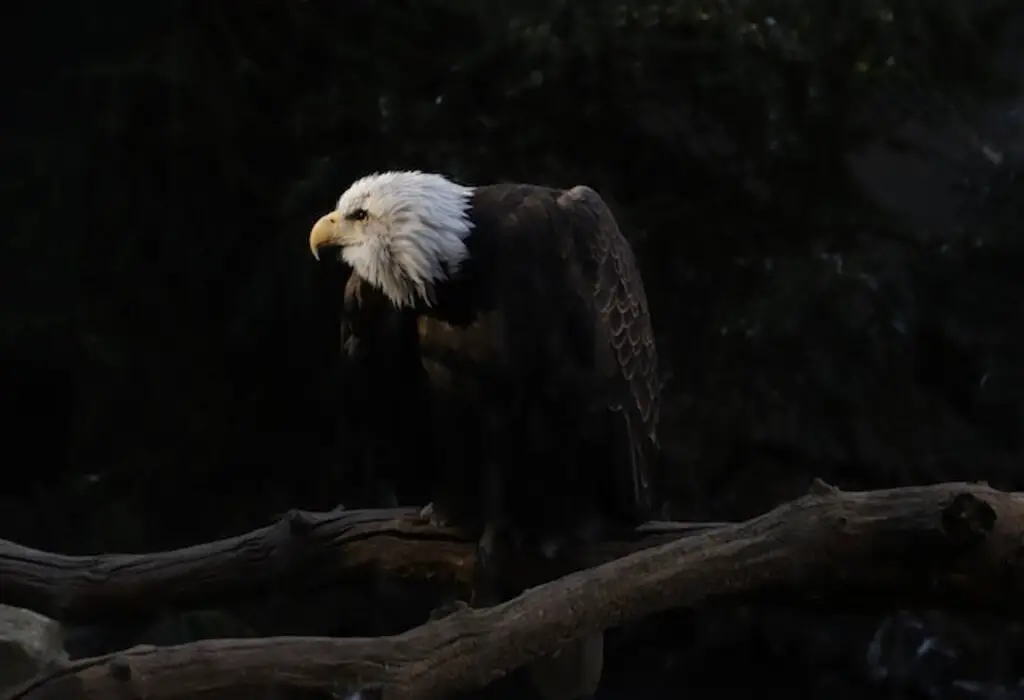Do Eagles Eat Voles? In the vast expanse of the natural world, an enthralling relationship emerges between two remarkable creatures: eagles and voles.
This article explores the dietary habits of eagles, shedding light on their prey selection and the role voles play in their sustenance.
Get ready to uncover the secrets of these majestic birds, their ecological impact, and the importance of voles in their lives.
Table of Contents [show]
Key Takeaways
- Eagles primarily eat small mammals like voles, but also consume other animals when available.
- Voles are important for eagle diets due to their abundance, accessibility, and nutritional value.
- Vole population dynamics play a role in their suitability as prey for eagles.
- Understanding the role of voles in eagle diets is important for effective conservation strategies.

Do Eagles Eat Voles
Yes, eagles do eat voles. Voles, small rodents, are part of the diverse diet of eagles. These birds of prey have sharp talons and beaks, enabling them to catch and consume various prey, including voles. However, eagles’ diet may vary depending on their habitat and the availability of other preferred prey species.
The Diet of Eagles
The diet of eagles primarily consists of small mammals such as voles. Eagles are known for their ability to migrate long distances in search of food sources.
They employ various hunting techniques to capture their prey, including soaring high in the sky and using their keen eyesight to spot potential targets.
Once a suitable prey is identified, eagles use their sharp talons to seize and immobilize it. Voles, in particular, are a favored food source for eagles due to their abundance and relatively small size.
Eagles are opportunistic predators and will also consume other small mammals, birds, and even fish when available.
Prey selection by eagles is influenced by factors such as seasonal changes in food availability and the geographical location of their habitats.
Understanding the dietary preferences of eagles provides insight into their ecological role and helps in conservation efforts.

Prey Selection by Eagles
Eagles typically target a variety of prey, including small mammals like voles, rabbits, and squirrels, as well as birds like ducks and pigeons.
Their prey selection is influenced by several factors, such as availability, abundance, and vulnerability of the prey species.
Additionally, eagles may also consider factors like the size and nutritional value of the prey, as well as their own hunting abilities and energy requirements.
Types of prey eagles typically target
Predatory eagles primarily focus on hunting small mammals like voles as their preferred choice of prey. Numerous studies on raptor diets have shown that the availability of prey plays a crucial role in determining the types of prey eagles target.
The following list highlights the impact of prey availability on eagle predation:
- Prey abundance: Eagles tend to target prey species that are abundant in their habitat, as these provide a more reliable food source.
- Prey vulnerability: Eagles select prey that are relatively easy to catch, such as voles that inhabit open areas or grasslands.
- Prey size: Eagles typically target prey that are of appropriate size, ensuring efficient capture and consumption.
- Prey behavior: Eagles often focus on prey that display predictable behaviors, making it easier for them to anticipate and catch their target.
Understanding these factors that influence their prey selection can provide valuable insights into the ecology and behavior of eagles. This knowledge sets the stage for exploring the subsequent section about the various factors that influence their prey selection.
Factors that influence their prey selection
Factors that influence the selection of prey by predatory eagles can be compared to the intricate threads of a spider web, intricately interconnected and delicately balanced.
Numerous factors come into play when eagles choose their prey, with habitat being a key determinant. Different habitats offer different prey options, as each ecosystem has its own unique set of species.
For example, eagles in forested areas may target small mammals such as voles and rabbits, while those in coastal regions may focus on fish and waterfowl.
Additionally, the availability of suitable perches and hunting grounds within a habitat can also impact prey selection.
Eagles often choose areas with open spaces and unobstructed views, allowing them to spot potential prey from a distance.
The combination of habitat characteristics and prey availability ultimately determines the prey selection of predatory eagles.
This understanding of factors influencing prey selection sets the stage for exploring the potential of voles as prey for eagles.
Voles as Potential Prey
Voles are commonly regarded as potential prey due to their abundance in various ecosystems. Vole population dynamics play a crucial role in their suitability as prey for eagles.
Since voles exhibit cyclic fluctuations in their population size, they can provide a consistent food source for eagles during peak years.
This prey availability might influence eagle predation strategies, as they may focus their hunting efforts on areas with high vole densities.
Additionally, voles are relatively small rodents, making them suitable prey for eagles, which have strong beaks and talons for capturing and handling small animals.
However, it is important to note that voles may not be the sole prey for eagles, as they have been observed to feed on a variety of other small mammals and birds.
Understanding the role of voles in eagle diets requires further studies and research on their foraging patterns and preferences.
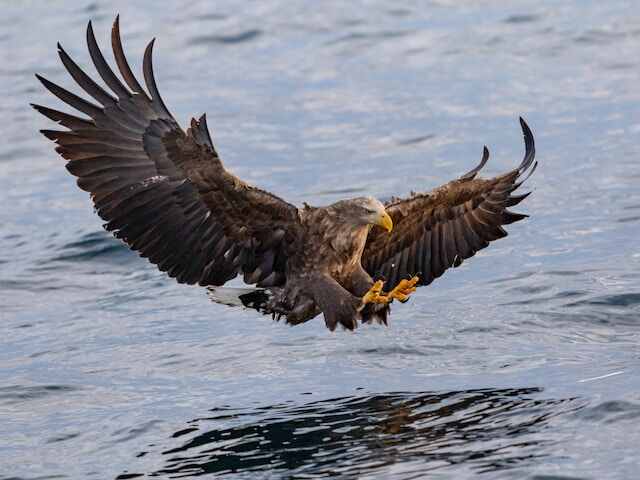
Studies and Research on Eagle Diets
Scientific studies have been conducted to investigate the dietary habits of eagles, shedding light on their food preferences and consumption patterns.
These studies have provided valuable insights into the various prey items that eagles consume, including small mammals like voles.
Findings from these research efforts have revealed that eagles do consume voles as part of their diet, highlighting the importance of understanding the ecological interactions between these birds of prey and their potential prey species.
Scientific studies on the dietary habits of eagles
Studies have been conducted to analyze the dietary preferences of eagles. These studies have provided valuable insights into the feeding habits of these majestic birds.
- Vole population fluctuations: One key area of research has focused on the impact of vole population fluctuations on eagle diets. Voles are small rodents that form a significant part of the eagle’s diet, especially during breeding seasons. Understanding how changes in vole populations affect eagle feeding patterns is essential for conservation efforts.
- Impact of climate change on eagle diets: Another important aspect of the research is assessing the impact of climate change on eagle diets. As climate change alters ecosystems, it can influence the availability of prey species and their distribution. This, in turn, affects the dietary preferences and foraging behavior of eagles.
- Findings related to vole consumption by eagles: The studies have revealed interesting findings regarding the consumption of voles by eagles. These findings shed light on the importance of voles in the diet of eagles and provide valuable information for further research and conservation efforts.
The findings related to vole consumption by eagles set the stage for exploring other aspects of the dietary preferences of these birds.
The research findings on the dietary preferences of eagles, akin to a compass guiding further exploration, have illuminated the pivotal role of voles in their consumption patterns and provided a foundation for investigating other facets of their feeding habits.
Numerous scientific studies have focused on vole behavior to understand its impact on the ecosystem and eagle diets.
These studies have revealed that eagles heavily rely on voles as a food source due to their abundance and accessibility.
Voles, small rodents found in various habitats, are rich in nutrients and provide an essential energy source for eagles.
The consumption of voles by eagles has significant implications for the vole population dynamics and their ecological role.
It also highlights the interconnectedness of species within an ecosystem.
Transitioning to the subsequent section about regional variations in eagle diets, it is crucial to explore how these variations are influenced by various factors.
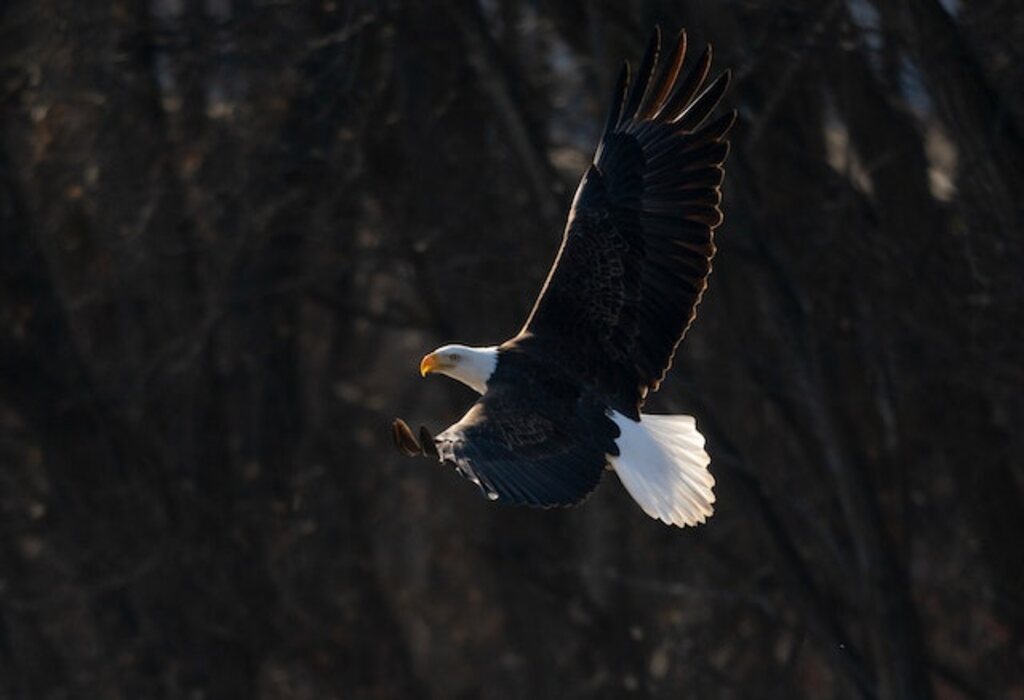
Regional Variations in Eagle Diets
Regional variations in eagle diets reveal interesting patterns in the prey preferences of these majestic birds of prey.
Studies have shown that eagles exhibit different feeding habits depending on their geographical location.
For instance, in coastal regions, eagles tend to consume more fish, while in forested areas, they have a higher preference for small mammals such as voles.
This variation in prey choice can be attributed to the availability of food sources in different habitats.
Factors such as the abundance of certain prey species and the accessibility of hunting grounds influence the diet of eagles in specific regions.
Understanding these regional variations is crucial for conservation efforts and assessing the impact of environmental changes on eagle populations.
Moving forward, it is important to explore other factors affecting eagle diets to gain a comprehensive understanding of their feeding behavior.
Other Factors Affecting Eagle Diets
An exploration of additional factors influencing the diet of eagles can provide valuable insights into the complex dynamics of their feeding behavior and contribute to a more comprehensive understanding of their ecological roles.
One significant factor is the eagle population size in a particular region. High population densities may lead to increased competition for food resources, potentially resulting in changes in diet composition.
Additionally, climate change impacts can also influence eagle diets.
Alterations in weather patterns, such as shifts in temperature and precipitation, can affect the availability and distribution of prey species, leading to changes in the eagles’ food sources.
Understanding these factors is crucial for effective conservation strategies, as it allows for the identification of vulnerable populations and the development of targeted management approaches.
Transitioning to the subsequent section about ‘observations from birdwatchers and wildlife enthusiasts,’ valuable insights can be gained from field observations.
Observations from Birdwatchers and Wildlife Enthusiasts
Birdwatchers and wildlife enthusiasts have provided valuable firsthand accounts of eagle feeding behaviors, shedding light on the diverse range of prey species consumed by these majestic birds.
Observations have revealed that eagles exhibit a variety of hunting techniques, including soaring high above their prey and swooping down to catch it, or perching near bodies of water to snatch fish from the surface.
These birds are opportunistic hunters and have been observed preying on a wide range of small mammals, such as rabbits, squirrels, and voles.
Additionally, they have been known to target birds of various sizes, including waterfowl and smaller songbirds.
Such observations highlight the adaptability of eagles and their ability to exploit different food sources depending on their availability.
Understanding bird behavior and their ecological impact is crucial for comprehending the intricate dynamics of the natural world.
Transitioning to the subsequent section, the importance of voles in the food chain becomes evident.
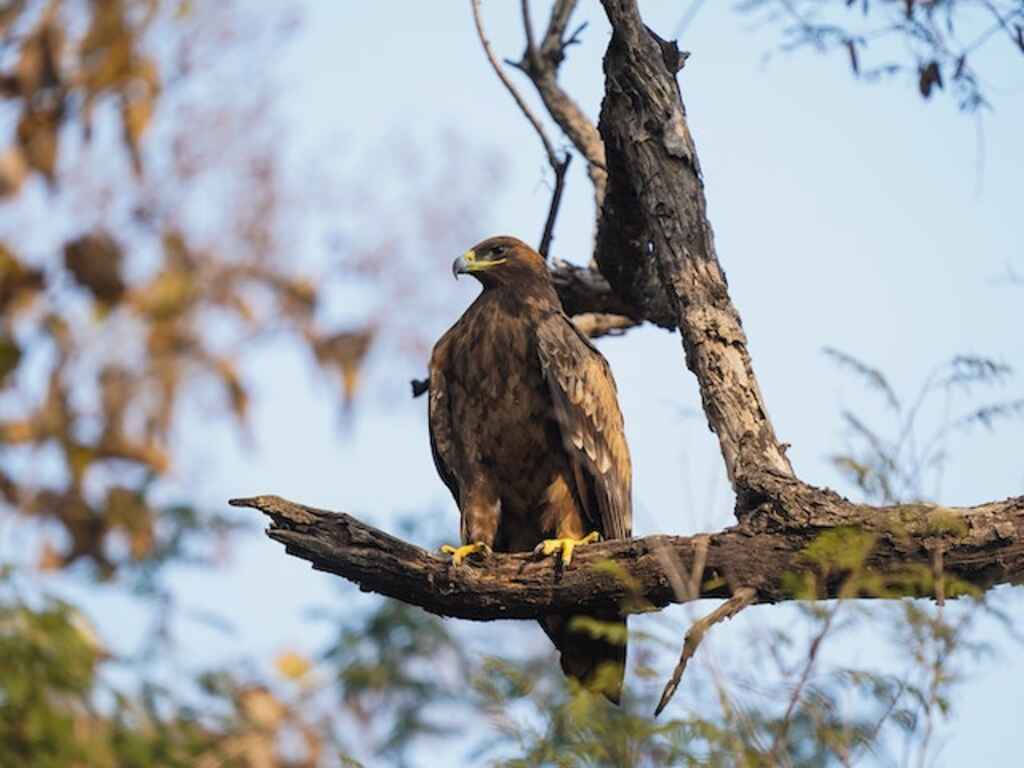
Importance of Voles in the Food Chain
Voles play a significant role in the food chain due to their role as prey for a variety of predators, including eagles.
Their presence in an ecosystem is crucial as they contribute to maintaining the balance of populations within a community.
The importance of voles lies in their ability to reproduce rapidly and provide a consistent source of food for a wide range of predators.
As their population fluctuates, it has a direct impact on other species. When vole populations are high, predators such as eagles thrive, benefiting from the abundance of prey.
Conversely, when vole populations decline, predators may struggle to find enough food, leading to potential declines in their own populations.
This delicate interdependence between voles and predators highlights the significance of voles in sustaining the overall health and biodiversity of ecosystems.
Understanding the impact of vole populations on other species is crucial for effective eagle conservation and habitat preservation.
Eagle Conservation and Habitat Preservation
Eagle conservation and habitat preservation are vital for maintaining the delicate interdependence between predators and their prey in ecosystems.
The decline in eagle populations has raised concerns about the impact on the overall balance of the food chain.
To address this issue, various conservation strategies have been implemented.
One such strategy is the preservation of eagle habitats, ensuring that they have access to suitable nesting sites and ample food sources.
Additionally, efforts have been made to reduce human activities that may disturb or harm eagle populations, such as habitat destruction and pollution.
These conservation measures aim to protect the eagles’ natural environment and promote their survival.
By safeguarding the habitats and populations of eagles, we can ensure the continued presence of these majestic predators in our ecosystems.
Transitioning into the subsequent section about the role of voles in eagle diets, it is essential to understand the significance of voles as a primary food source for eagles.
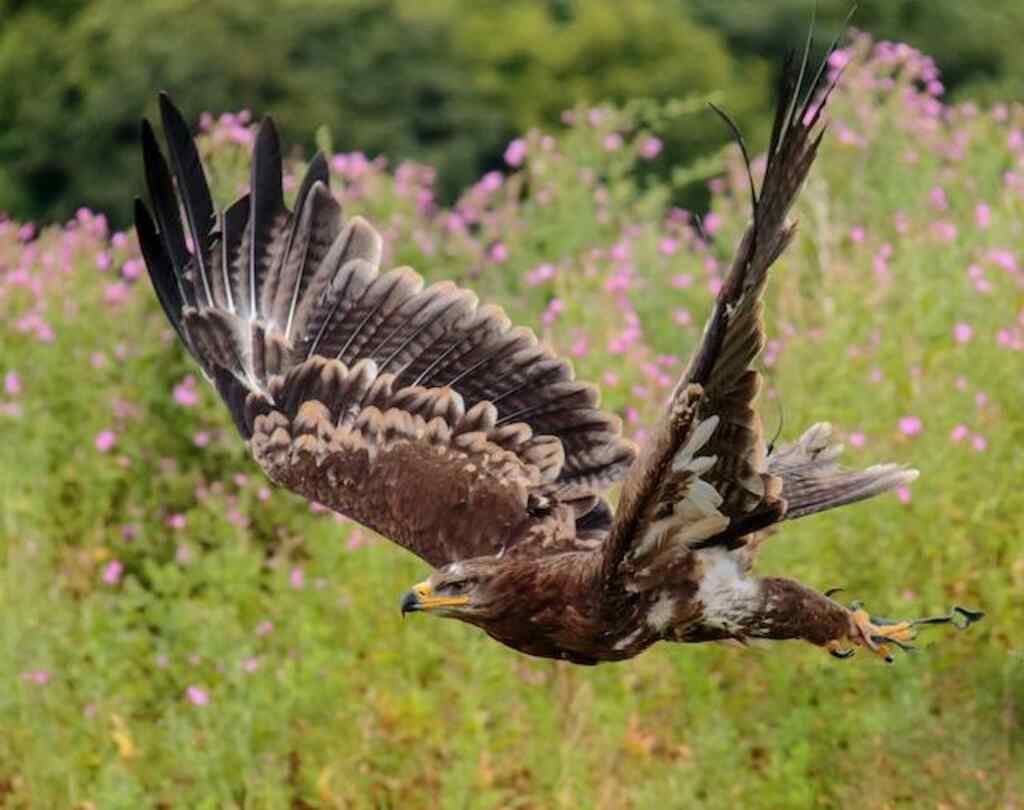
Conclusion: The Role of Voles in Eagle Diets
The conservation and preservation of eagle habitats are crucial for the survival and well-being of these majestic birds. As discussed in the previous subtopic, maintaining suitable habitats ensures that eagles have access to sufficient food sources.
One such food source that plays a significant role in eagle diets is voles. Voles are small rodents that are abundant in many eagle habitats and provide a vital source of nutrition.
However, the decline in vole populations can have a profound impact on eagle diets. Without an adequate supply of voles, eagles may be forced to find alternative prey, which could potentially lead to a decrease in their population.
Therefore, understanding the role of voles in eagle populations and the impact of vole decline on their diets is crucial for effective conservation strategies.
Future research and discoveries in this area will further enhance our understanding of the intricate relationships between eagles and their prey.
Future Research and Discoveries
Research and discoveries in the future will significantly contribute to our understanding of the intricate interdependencies between eagle populations and their prey.
Future research holds great potential for shedding light on the feeding habits and dietary preferences of eagles, including their consumption of voles.
By conducting more comprehensive studies, scientists can gather data on the frequency and quantity of voles in eagle diets, as well as the impact of these prey on the overall health and population dynamics of eagles.
Furthermore, new discoveries in the field of avian ecology may provide insights into the specific factors that influence eagle-vole interactions, such as habitat preferences, seasonal variations, and the role of other predators.
Such knowledge will not only enhance our understanding of eagle ecology but also inform conservation efforts, enabling targeted measures to protect both eagles and their vole prey.
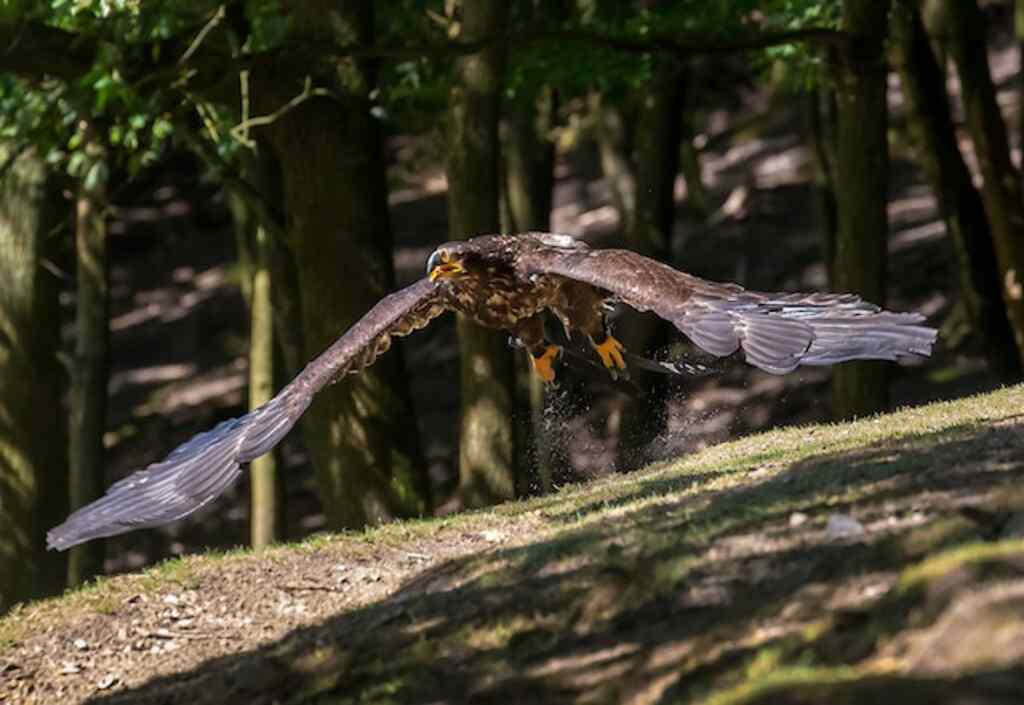
Frequently Asked Questions
How do eagles catch and kill voles?
Eagles employ various hunting techniques to catch and kill voles. They use their keen eyesight to spot the prey, then swoop down with great speed and accuracy. Voles, on the other hand, employ defense mechanisms such as burrowing and hiding to evade capture.
Are there any other predators that prey on voles?
Other predators, such as owls, hawks, foxes, and snakes, compete with eagles for voles as prey. Predator competition plays a significant role in vole population dynamics, influencing their abundance and distribution.
How do voles contribute to the overall ecosystem?
Vole population dynamics play a crucial role in the overall ecosystem. They serve as a significant food source for various animals, contributing to the energy flow and trophic interactions within the community.
Are there any specific regions where voles are more abundant as prey for eagles?
Regions with higher vole abundance as prey for eagles are influenced by various factors such as vegetation cover, soil quality, and climate. The population dynamics of voles in these regions play a crucial role in supporting eagle populations.
What are the potential threats to vole populations and how can they be mitigated?
Potential threats to vole populations include habitat loss, predation by other animals, changes in climate, and the use of pesticides. Conservation efforts for voles involve protecting their habitats, implementing predator control measures, promoting sustainable land management practices, and reducing pesticide use.

